What Makes Rene Herse Fenders Special?
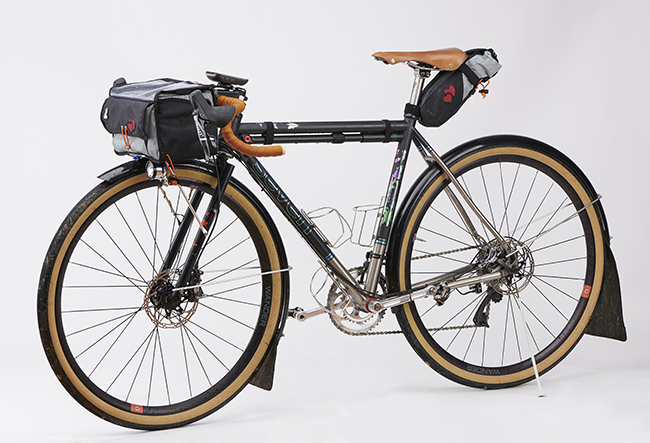
In the northern hemisphere, we are moving into the season where we need good fenders: They can make the difference between enjoying the ride and enduring it. The Pacific Northwest, where we live and ride, is known for its long rainy season. We cycle year-round, so it’s natural that we obsess about fenders.
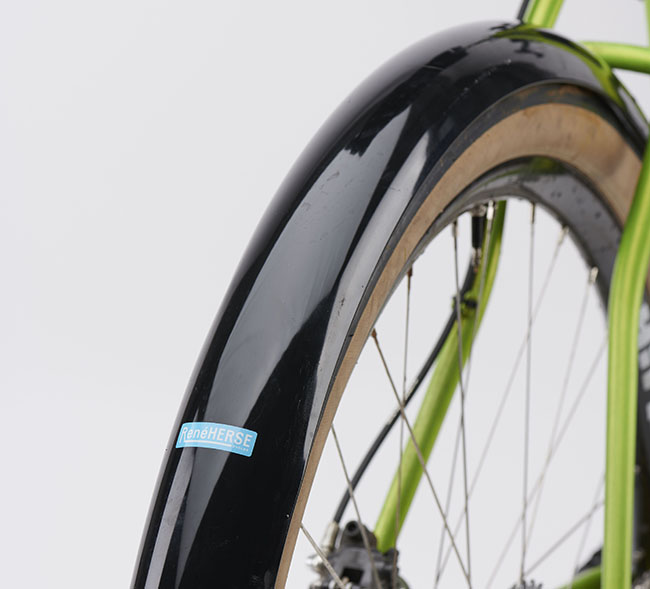
We’re excited to offer our Rene Herse fenders in black and polished: smooth, fluted and hammered, in 700C, 650B and 26″ sizes. In the past, black fenders were prone to scratching. The silver aluminum showed through the paint, making the fenders unsightly. Now Honjo, who makes our Rene Herse fender blades, has improved the manufacturing process: The black coating is much more durable. We had been waiting for this, and now we offer all our fenders models in black as well as the classic polished aluminum.
The photos show prototypes on the bikes of our Paris-Brest-Paris team. They still were equipped with silver stays, but now we have black stays in stock to match the fenders.
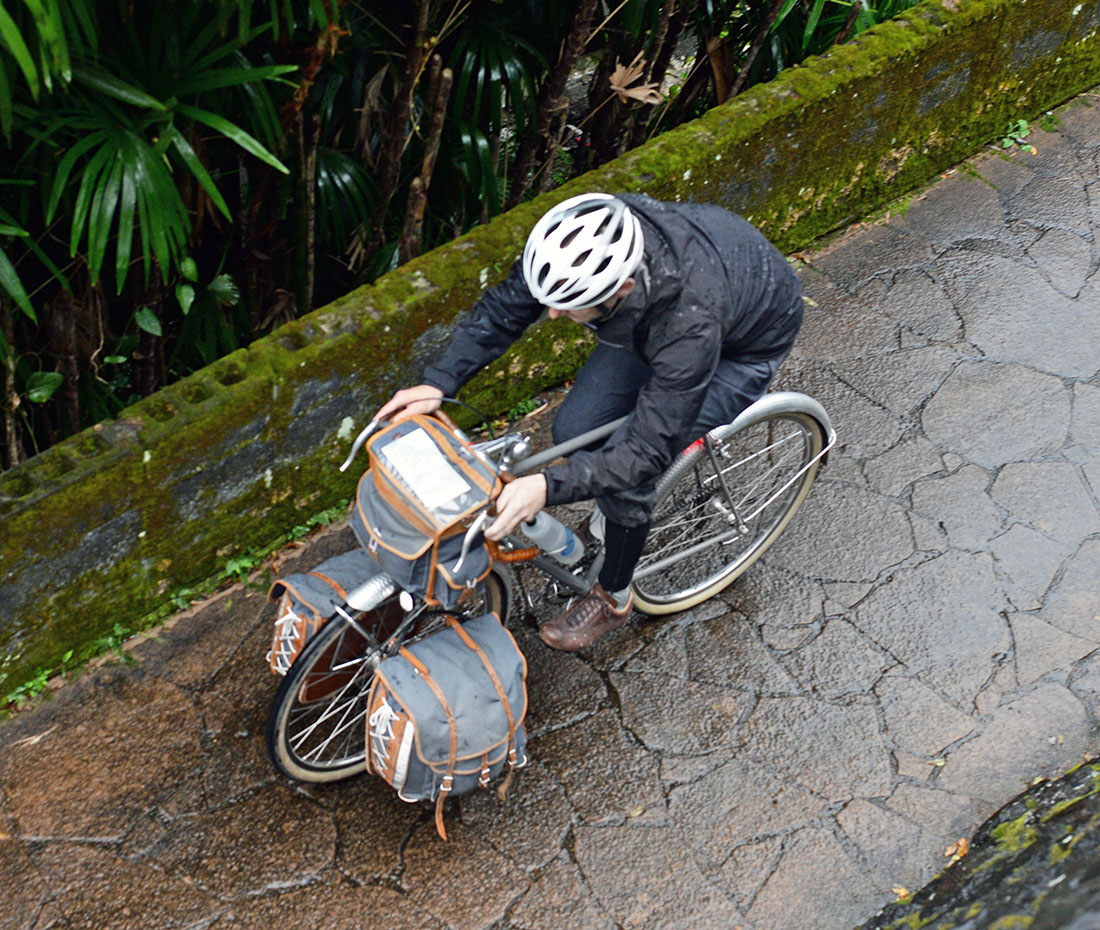
With the right fenders, riding in the rain can be fun. Once you eliminate the spray from the road, you realize: There isn’t that much water falling from the sky. It’s the deluge spraying up from the road onto your feet, legs and backside that can make cycling in the rain so miserable. Your backside is easy to protect – even the most basic clip-on fenders do that. However, most fenders do little to protect your feet and legs.
Aluminum fenders work much better than plastic ones: They wrap further around the tire, and the rolled edges keep the water inside, rather than having it drip onto your feet. Both fender blades and stays are stiffer, so the fenders are quiet even when you ride over rough roads. Mounted correctly, they last for decades of hard use. (We provide detailed, illustrated installation instructions with our Rene Herse fenders.)
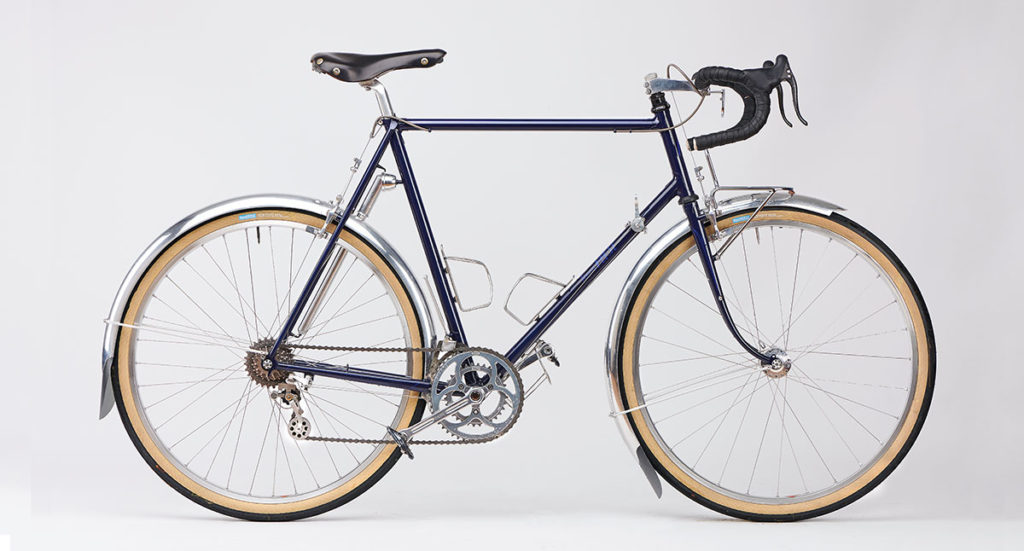
Honjo in Japan make the best fenders in the world. We’ve worked with them to spec our Rene Herse fenders for the ultimate performance. Our front and rear fenders are longer than usual to provide better coverage. This greatly reduces the spray that goes onto your feet, your legs, and your drivetrain.
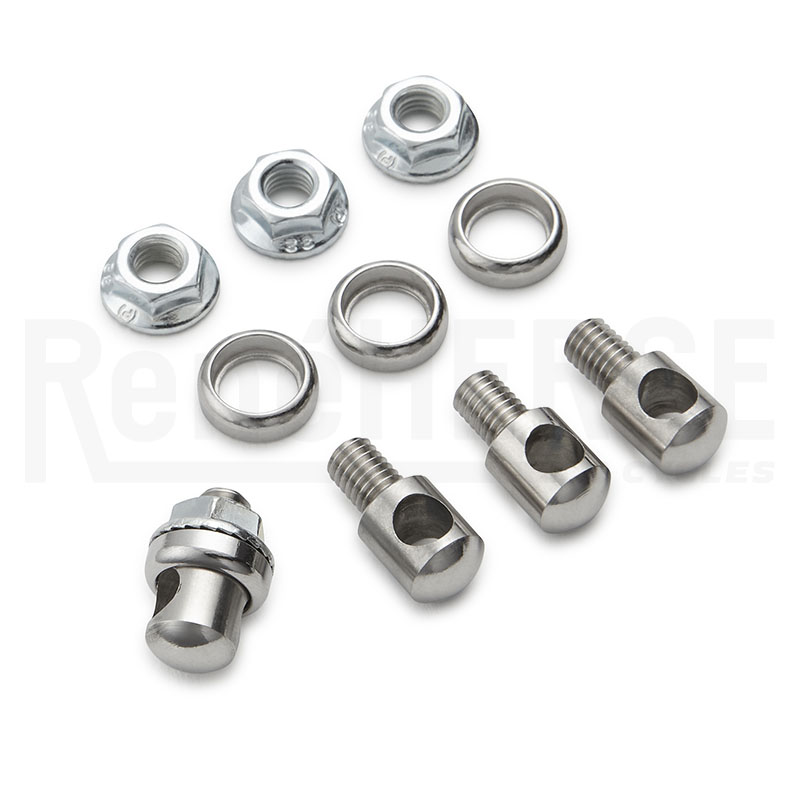
We use our own hardware to attach the fender stays. Our 7 mm bolts are only as long as necessary, so they don’t stick into the fender, where they can catch debris. The nuts with their built-in serrated washer make sure your stays remain tight. Small details like this add up to create fenders that you can install and forget – until you are hit by a rainstorm, and you realize that being cold and miserable isn’t a necessity.
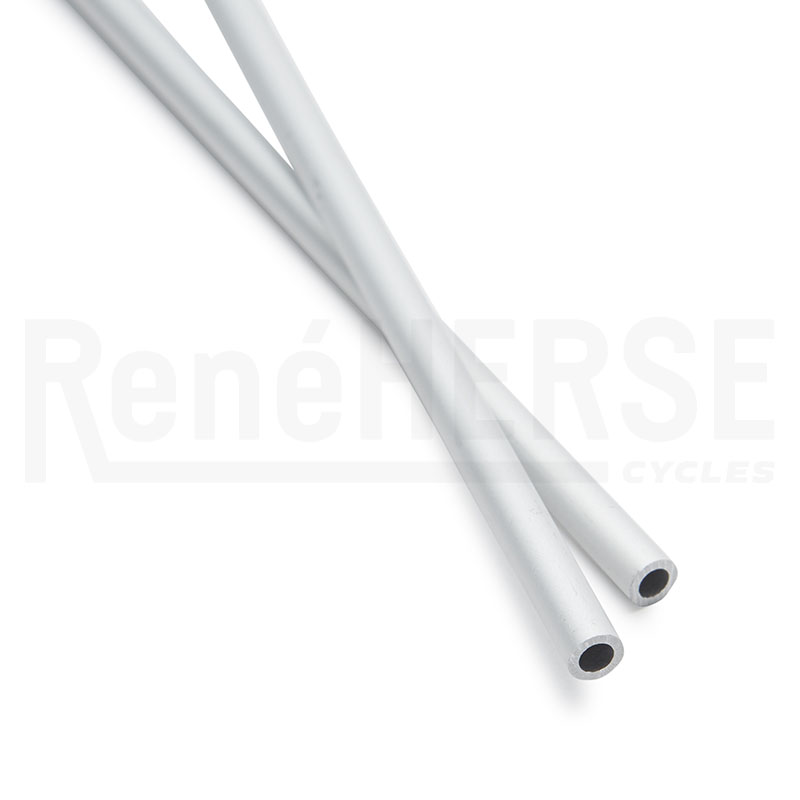
At Rene Herse Cycles, we’re all about performance. Our fenders are already among the lightest in the world – much lighter than most plastic fenders (which use heavy steel stays). If you really care about weight, we offer tubular aluminum stays that save another 35 g without any loss in strength. The tubular stays are now available in black, too.
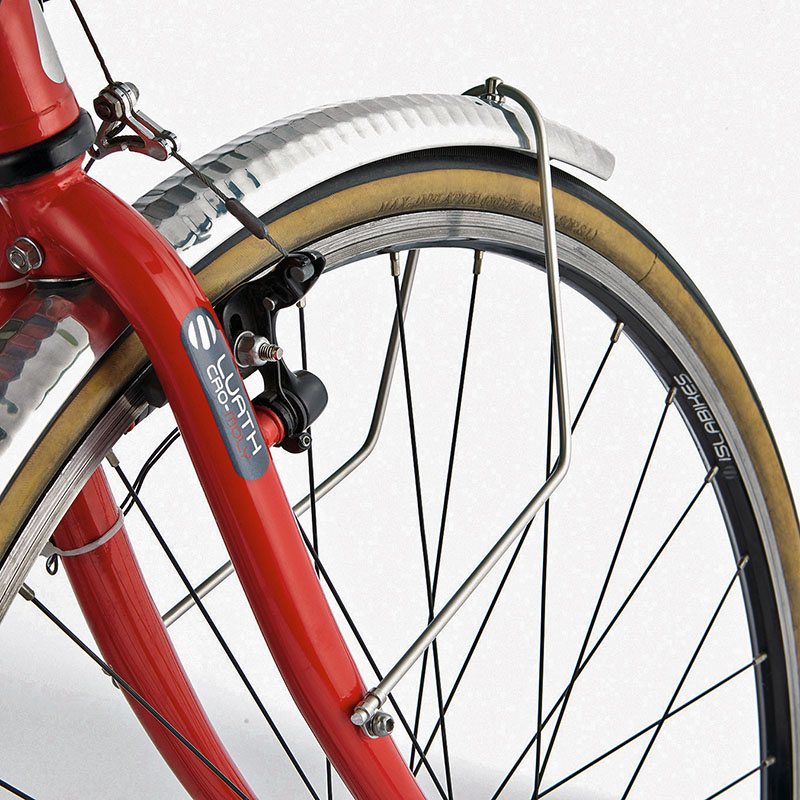
To mount your front fender noise-free and safely, we strongly recommend a third attachment point in front of the fork crown. Rene Herse racks have an integrated fender mount. For rack-less bikes, we offer individual stays and hardware so you can install your fenders properly without having to buy multiple fender sets to get all the hardware you need.
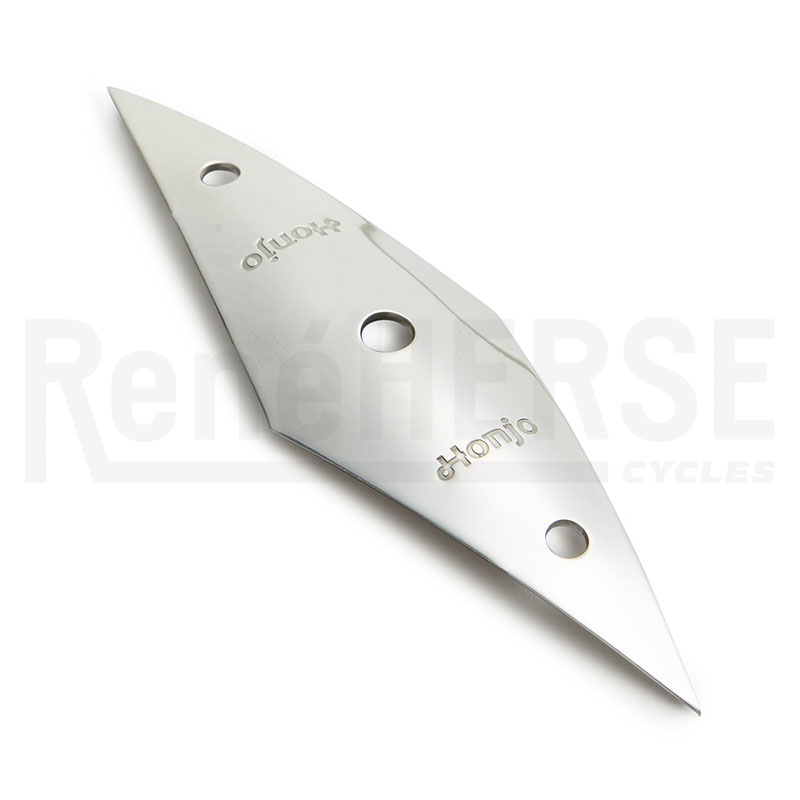
Honjo recently introduced a fender reinforcement. It goes under the seatstay bridge, where it distributes the stress. It’s patterned after the reinforcement that Rene Herse used on many of his bikes.

Even without the reinforcement, well-made and properly mounted aluminum fenders last as long as the bikes they are mounted to. Most Rene Herses made in the 1940s and 1950s still wear their original fenders – and many of them have been ridden hard.
Further reading:


